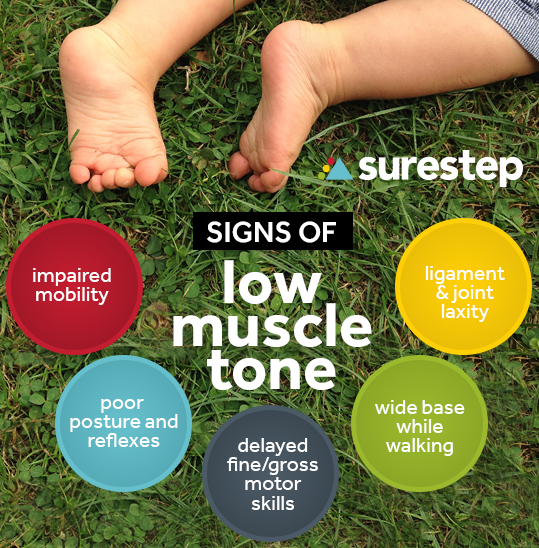20
Apr
2017
hypotonia – common questions & answers

Whether you’ve received the diagnosis recently or you’re an old pro, understanding hypotonia can be tricky. But these answers to common questions will give you a strong foundation.
What is hypotonia?
Hypotonia (also called low tone and floppy baby syndrome) is simply a decreased level of muscle tension. This results in muscles feeling too soft. Kids with hypotonia are often compared to rag dolls. Among other problems, it can cause instability and developmental delays.
There are varying degrees of hypotonia. Some kids have a more severe case than others. It can also centralize in certain body parts or impact the whole body.
Is my child just weak?
No, hypotonia and muscle weakness are not the same thing. No amount of push-ups will “cure” your child.
But there is a connection. Due to symptoms like instability and joint laxity, some muscles may not develop properly. This results in them being weak. For example, if your child w-sits, his or her core muscles will not be adequately engaged.
What causes hypotonia?
There is no one, single cause. For some kids, hypotonia isn’t linked to anything else. It’s a condition all on its own called congenital hypotonia.
But for other kids, hypotonia is merely a symptom caused by an overarching diagnosis. And nailing down that root problem isn’t always easy. It can take lots of tests and lots of time. Over 600 conditions are linked to low tone. Here are just a few:
- Down syndrome
- Prader-Willi syndrome
- Angelman syndrome
- Marfan syndrome
- Ehler-Danlos syndrome
- Joubert syndrome
- Osteogenesis imperfecta
What are the symptoms?
Each child is unique. The severity will vary, but it can impact everything from walking to talking to breathing.
Some of the most common symptoms include:
- Impaired mobility
- Poor posture
- Breathing & feeding difficulties
- Delayed speech
- Poor reflexes
- Ligament & joint laxity
- Walking with a wide base
- Delayed gross motor skills development (crawling, jumping, etc.)
- Delayed fine motor skills development (grabbing toys, moving objects between hands, etc.)

Won’t my child just outgrow hypotonia?
No. Muscle tone does not change.
That’s why intervention, such as physical therapy and bracing, at a young age is key. They will help your child adapt, move past limitations, and continue developing.
Will my child have a “normal” life?
Everyone’s definition of normal is different.
The severity of low tone varies from person to person. For someone, hypotonia may only be a nuisance. For others, it will be a daily battle. But no matter where your child falls, hypotonia should not keep him or her from having a happy, healthy, and productive life.
Will my child ever walk?
Although some severe cases of hypotonia confine people to wheelchairs for their entire life, the majority of kids learn to walk. It will simply be on their own schedule.
It’s difficult to watch younger kids pass milestones your child hasn’t conquered. Try to avoid comparisons. Just do your best to be patient, encourage, and follow the plans doctors/specialists provide.
Is w-sitting ok?
No. Discourage your child from w-sitting.
It is a comfortable sitting position for kids with hypotonia. But it can keep them from developing good trunk and hip control. W-sitting is also linked to a variety of long-term problems.
Use verbal cues. Even something as simple as “feet in front” can encourage him or her to adopt a better position. Small chairs or stools can also help them sit more comfortably. And if the habit just won’t break, you may need Criss Crossers from Surestep. These easily hidden pants let out an audio reminder every time your child sits in this position.
How long will my child need braces?
For many kids, physical therapy isn’t enough. They need the stability AFOs and SMOs provide.
The length of time varies depending on at what age your child began wearing them and personal needs. Typically, kids who wear Surestep products go through three to four pairs before graduating on to something else.
Ask your orthotist for a personal timeline.
Learn more about Surestep SMOs
